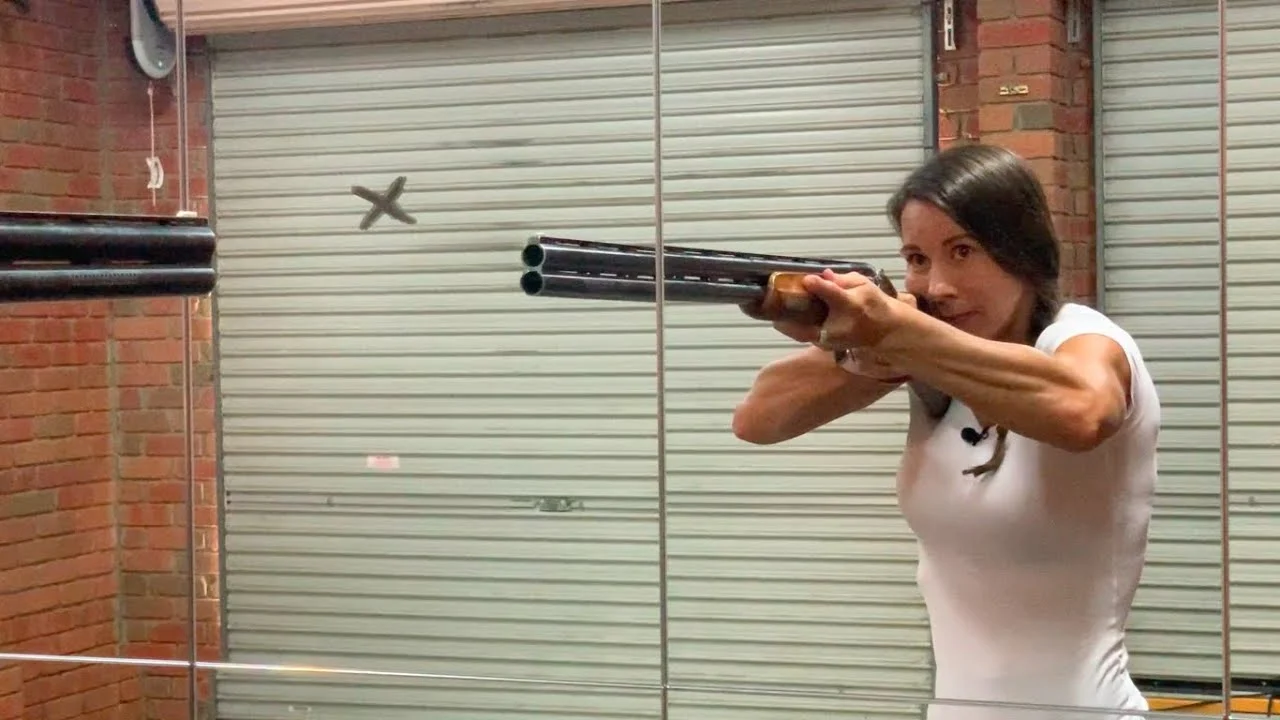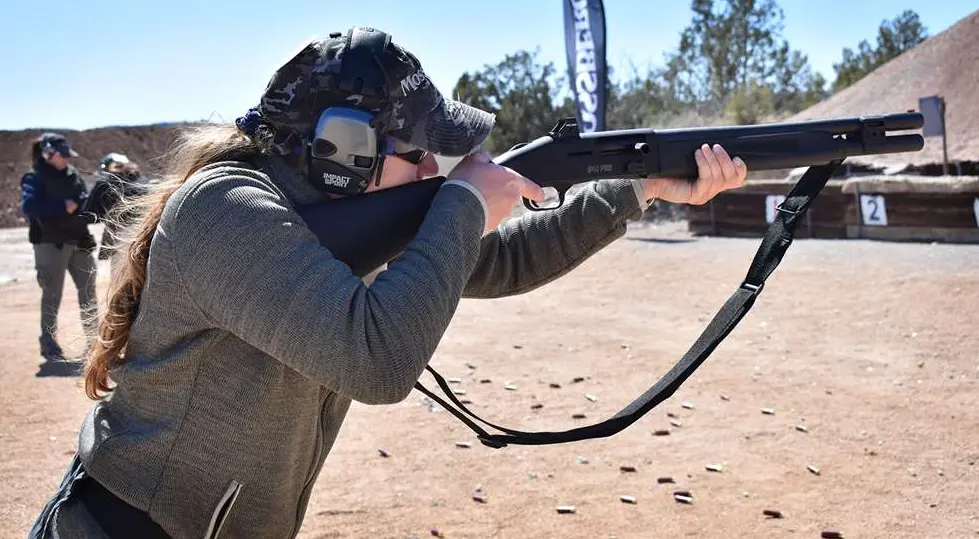In an unpredictable world, ensuring personal safety has become a significant concern for many individuals. One powerful tool for home defense is the shotgun, a versatile and effective firearm that can provide a substantial deterrent against intruders. While the mere presence of a shotgun can be intimidating, understanding how to use it effectively and responsibly is crucial. This article will cover essential tips for using a shotgun in self-defense, including choosing the right shotgun, proper training, safe storage, legal considerations, and tactical usage.
Choosing the Right Shotgun
Selecting the appropriate shotgun for self-defense is the first step toward effective protection. There are various types of shotguns, each with distinct features and advantages.
- Pump-Action Shotguns: These are popular for self-defense due to their reliability and simplicity. The pump-action mechanism allows for quick reloading and is less prone to jamming.
- Semi-Automatic Shotguns: These shotguns automatically chamber the next round after firing, providing faster follow-up shots. They require less manual operation, which can be advantageous in high-stress situations.
- Double-Barrel Shotguns: While not as common for self-defense, double-barrel shotguns can be effective at close range. They are straightforward to use but have limited ammunition capacity.
- Tactical Shotguns: Designed specifically for defense, these shotguns often come with shorter barrels, pistol grips, and extended magazine tubes, making them ideal for home defense scenarios.
When choosing a shotgun, consider factors such as ease of use, recoil management, and ammunition capacity. Additionally, test different models to find one that feels comfortable and manageable.
Proper Training
 Owning a shotgun for self-defense requires a commitment to proper training. Without adequate training, even the most effective firearm can become a liability. Here are some essential aspects of shotgun training:
Owning a shotgun for self-defense requires a commitment to proper training. Without adequate training, even the most effective firearm can become a liability. Here are some essential aspects of shotgun training:
- Basic Firearms Training: Start with a basic firearms course to understand the fundamentals of gun safety, handling, and operation. This includes learning how to load, unload, and maintain your shotgun.
- Self-Defense Training: Enroll in a self-defense shotgun course that focuses on real-life scenarios and tactical usage. These courses teach you how to respond under stress, engage multiple targets, and navigate different environments.
- Range Practice: Regular practice at a shooting range helps build muscle memory and confidence. Practice shooting from various positions and distances to simulate potential self-defense situations.
- Home Defense Drills: Conduct drills in your home to familiarize yourself with potential entry points and defensible positions. Practice moving through your home with the shotgun and identify safe zones where you can take cover.
Safe Storage
Safe storage of your shotgun is critical to prevent unauthorized access, especially if there are children or other vulnerable individuals in your home. Here are some guidelines for secure storage:
- Gun Safes: Invest in a high-quality gun safe that can securely store your shotgun when not in use. Choose a safe with a reliable locking mechanism and quick access features for emergencies.
- Gun Locks: Use trigger locks or cable locks as an additional layer of security. These devices prevent the shotgun from being fired if accessed by an unauthorized person.
- Ammunition Storage: Store ammunition separately from the shotgun. This adds an extra level of safety and prevents accidental discharge.
- Accessibility: While security is paramount, ensure that your shotgun is easily accessible in case of an emergency. Consider a quick-access safe or a secured mounting system near your sleeping area.
Legal Considerations
Understanding the legal aspects of owning and using a shotgun for self-defense is crucial to avoid potential legal issues. Laws regarding firearms vary significantly by location, so it is essential to be informed about your local regulations.
- Permits and Licenses: Ensure you have the necessary permits and licenses to own and carry a shotgun in your jurisdiction. Some areas require specific training or background checks.
- Use of Force Laws: Familiarize yourself with the laws governing the use of deadly force in self-defense. These laws dictate when and how you can legally use a firearm to protect yourself.
- Castle Doctrine and Stand Your Ground Laws: Some regions have specific laws that provide legal protection for individuals defending their homes (Castle Doctrine) or allow the use of force without a duty to retreat (Stand Your Ground). Understand how these laws apply to your situation.
- Post-Incident Procedures: If you ever need to use your shotgun in self-defense, know the proper procedures to follow afterward. This includes contacting law enforcement, securing the scene, and consulting with a legal professional.
Tactical Usage
 In a self-defense situation, how you use your shotgun can make all the difference. Here are some tactical tips for effectively using a shotgun in self-defense:
In a self-defense situation, how you use your shotgun can make all the difference. Here are some tactical tips for effectively using a shotgun in self-defense:
- Shot Placement: Aim for the center mass of the intruder, which increases the likelihood of stopping the threat. Shotguns have a spread pattern, so precise aiming is essential to ensure the pellets hit the target.
- Lighting: Equip your shotgun with a tactical light to identify threats in low-light conditions. Proper lighting helps you distinguish between a threat and a non-threat.
- Cover and Concealment: Use cover (objects that can stop bullets) and concealment (objects that hide you) to your advantage. Moving between cover points can reduce your exposure to potential threats.
- Verbal Commands: If feasible, issue verbal commands to the intruder before resorting to lethal force. This can potentially de-escalate the situation and provide a legal defense that you attempted to avoid violence.
- Recoil Management: Shotguns can have substantial recoil. Practice proper stance and grip to manage recoil effectively and maintain control of your firearm.
Conclusion
A self-defense shotgun is a powerful tool that can provide significant protection in dangerous situations. However, owning and using one responsibly requires careful consideration of various factors, including proper training, safe storage, legal knowledge, and tactical proficiency. By following these essential tips, you can enhance your ability to protect yourself and your loved ones while minimizing risks and legal complications. Remember, the key to effective self-defense is preparation, practice, and responsible firearm ownership.
